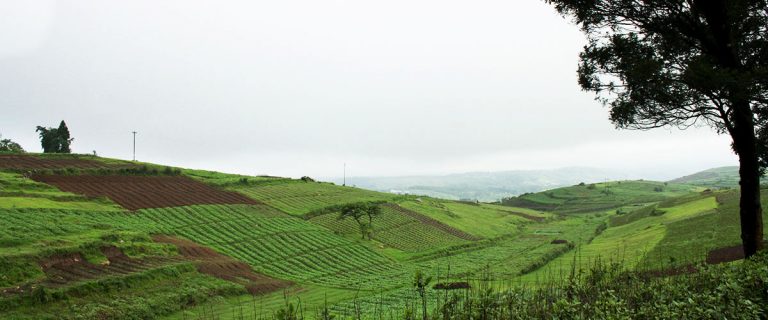Until 1972, Shillong was the capital of Assam state. When the state of Meghalaya was created, Shillong was made its capital. Boundaries and technicalities aside, the landscape and terroir is similar to Assam. When prospectors sent by the East India Company explored the country for potential tea growing, Meghalaya too was considered an option. But the Khasi ruler of the time refused to allow migrant labor to be brought in. Tea is a labor-intensive commodity and with insufficient labor available, Meghalaya dropped off the plans.
In the 70s, the Tea Board of India sent a delegation to explore tea growing in Meghalaya. They found it immensely favorable and tea plants from both Assam and Darjeeling were brought. Three regions were earmarked for tea – Umsning in Ri–Bhoi district, Tebronggre in West Garo Hills and Riangdo in the West Khasi Hills. Assam variants are now growing in the lower altitude places in Garo while Darjeeling style teas are growing higher – altitudes of 3000-5,500 ft can be found here.
The government has set up its own brand, “Meg-Tea” that is available in green and black orthodox versions. Elsewhere in the state, 20 farmers from Mawlyngot village set up a cooperative to market their green, black and white teas under the name “Urlong Tea”.
On the ouskirts of Shillong, the 90s saw the beginnings of yet another estate – LaKyrsiew. Owned by Nayantara and Geert Linneback, a Khasi-Dutch couple, they have transformed their inheritance into a boutique garden that produces limited quantities of high quality tea. At 1000-1300 meters above sea level, it enjoys a northern exposure, with slightly acidic soil. Highland teas, mostly chinary varieties have been planted here. The garden earned an organic certification in 2010. Its specialty remains the silver needle white tea produced only in summer.

Comments are closed.